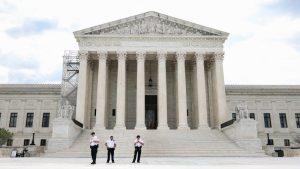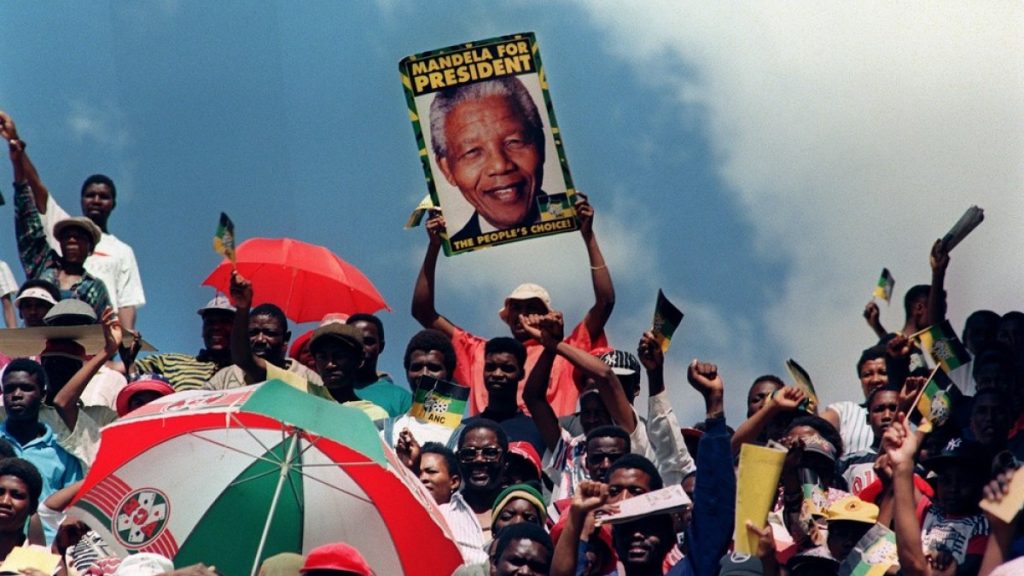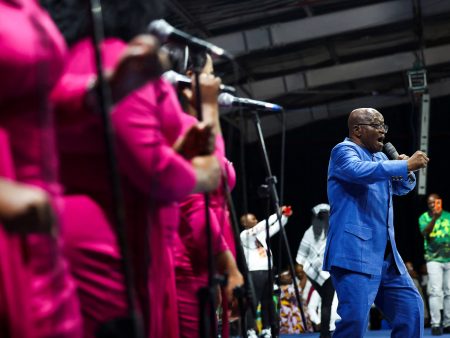Three decades ago, on April 27, 1994, Black South Africans voted in general elections for the first time, marking the end of apartheid rule in the country. Apartheid, a system of strict laws that enforced racial segregation and discrimination, began in 1948 when the Afrikaner National Party (NP) government codified it as official policy. The policies rigidly separated racial groups into strata – White, Coloured, Indian, and Black – with the white minority enjoying the most privileges. Black South Africans, who made up the majority of the population, were forced into impoverished, overcrowded townships far from urban centres.
Apartheid laws regulated where people could live, work, and even who they could marry, with severe penalties for breaking the rules. Black South Africans were confined to designated areas with limited resources, while white people enjoyed the benefits of a booming economy powered by gold and diamonds. Educational opportunities were also segregated, with white schools receiving the best resources and facilities, leaving Black schools underfunded and neglected. The Immorality Laws criminalised interracial relationships, further perpetuating racial divisions.
The end of apartheid came as a result of internal and external pressures, including growing resistance among Black South Africans, who were supported by international condemnation and economic sanctions. Violent incidents like the Sharpeville Massacre and the Soweto Uprising drew global attention to the brutalities of apartheid. President FW de Klerk’s release of Nelson Mandela and the start of negotiations for a democratic transition signalled the beginning of the end for apartheid.
Since the end of apartheid, South Africa has made significant legal and political strides towards equality, with all races now considered free and equal under the law. However, the legacy of apartheid still persists economically and spatially, leading to high levels of inequality in the country. While the economy grew after apartheid, Black households continue to receive a small share of the wealth, with Black and white South Africans experiencing vastly different economic opportunities and outcomes.
Education and skilled employment opportunities remain a challenge, with historically white schools still offering better resources than government schools in Black communities. Unemployment rates are high, particularly among Black South Africans, while white people hold a disproportionate number of top management jobs. Housing disparities also persist, with many Black South Africans living in informal settlements with limited amenities, despite government efforts to provide subsidised homes.
Rural homelands, where Black people were historically forced to live, continue to face economic disadvantages due to a lack of infrastructure and development. Townships, once the designated living areas for non-white South Africans, remain largely unchanged since apartheid, with limited access to services and opportunities. The government’s efforts to address these challenges have been hindered by persistent inequality, corruption, and inefficiency, leaving many Black communities still struggling to overcome the legacy of apartheid.















